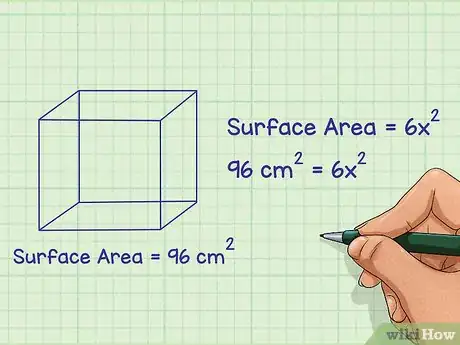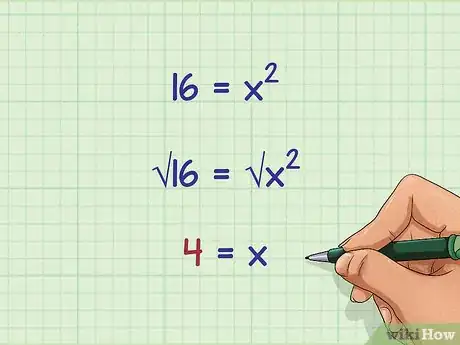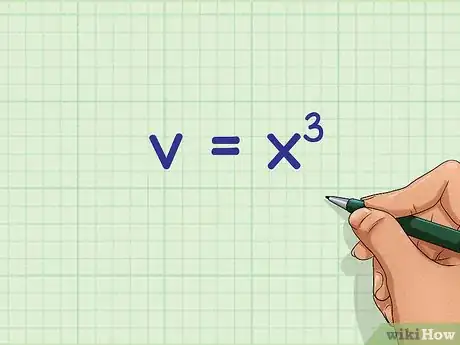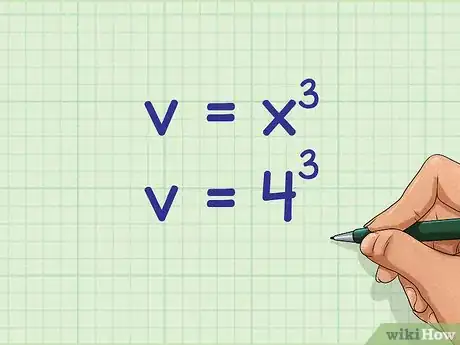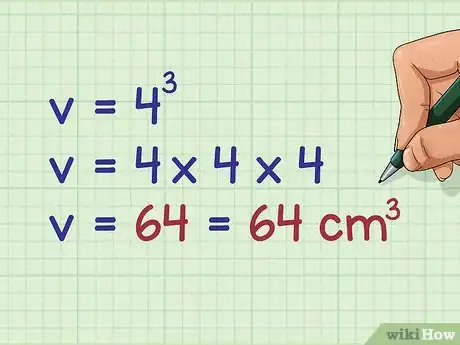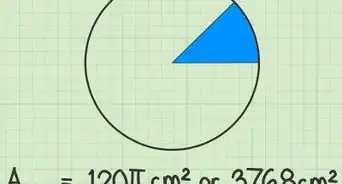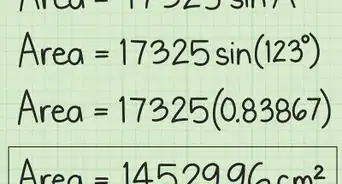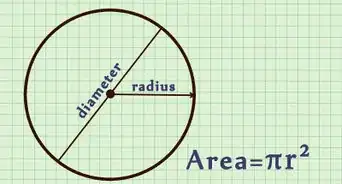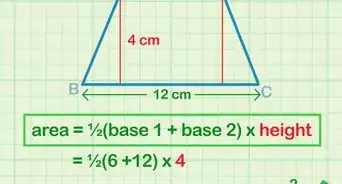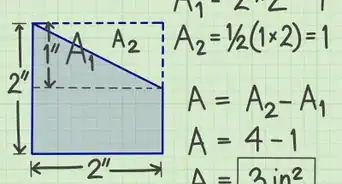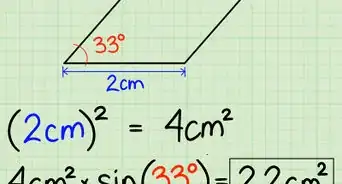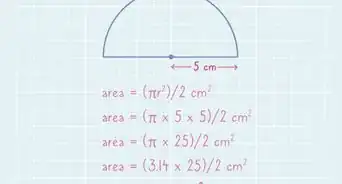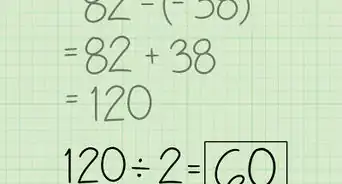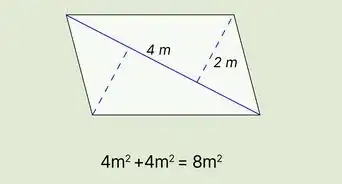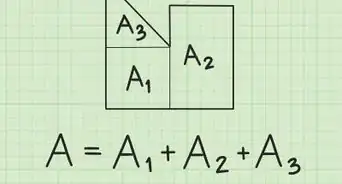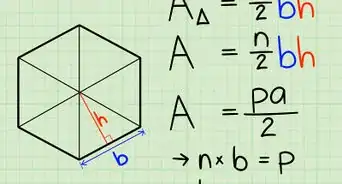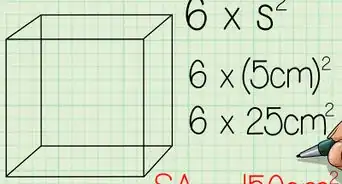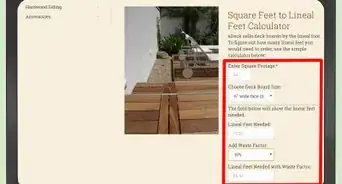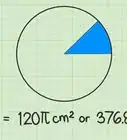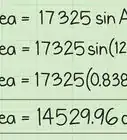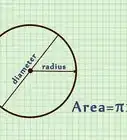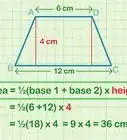This article was co-authored by David Jia. David Jia is an Academic Tutor and the Founder of LA Math Tutoring, a private tutoring company based in Los Angeles, California. With over 10 years of teaching experience, David works with students of all ages and grades in various subjects, as well as college admissions counseling and test preparation for the SAT, ACT, ISEE, and more. After attaining a perfect 800 math score and a 690 English score on the SAT, David was awarded the Dickinson Scholarship from the University of Miami, where he graduated with a Bachelor’s degree in Business Administration. Additionally, David has worked as an instructor for online videos for textbook companies such as Larson Texts, Big Ideas Learning, and Big Ideas Math.
This article has been viewed 159,480 times.
The volume of a three-dimensional shape is a measurement of the space inside the shape and is determined by multiplying the length, width, and height. A cube is a three-dimensional shape in which the length, width, and height are equal. Thus, it is easy to find the volume of a cube given the length of one edge. You can also find the volume using the surface area, from which you can derive the length of one edge.
Steps
Finding the Length of One Edge
-
1Set up the formula for the surface area of a cube. The formula is , where equals the length of one edge of the cube.[1]
- To find the volume of a cube, you need to multiply its three dimensions (length, width, height) together.[2] These dimensions correspond to the length of the edges of the cube. Since all the dimensions (edges) of a cube are the same, in order to find the volume of the cube, you first have to determine the length of one of its edges. Since finding the surface area of a cube also requires the length of one edge, if you know the surface area, you can work backwards to find the length of one edge, then use the edge length to work forward to find the volume.
-
2Plug the surface area of the cube into the formula. This information should be given.
- If you do not know the surface area of the cube, this method will not work.
- If you already know the length of one edge of the cube, you can skip the following steps and plug in that value for into the volume of a cube formula: .
- For example, if the surface area of your cube is 96 square centimeters, your formula will look like this:
Advertisement -
3Divide the surface area by 6. This will give you the value of .
- For example, if the surface area of your cube is 96 square centimeters, you would divide 96 by 6:
- For example, if the surface area of your cube is 96 square centimeters, you would divide 96 by 6:
-
4Find the square root. This will give you the value of , or the length of one edge of the cube.
- You can find the square root using a calculator, or by hand. For complete instructions, read Calculate a Square Root by Hand.
- For example, if , then you need to find the square root of 16:
So, the length of one edge for a cube with a surface area of is .
Finding the Volume
-
1Set up the formula for the volume of a cube. The formula is , where equals the volume of the cube, and equals the length of one edge.[3]
-
2Plug the length of one edge into the formula. You should have already calculated this from the given surface area.
- For example, if one edge of a cube is 4 centimeters, then your formula will look like this:
.
- For example, if one edge of a cube is 4 centimeters, then your formula will look like this:
-
3Cube the length of one edge. To do this, you can use a calculator, or simply multiply x by itself three times. This will give you the volume of your cube, in cubic units.[4]
- For example, if the length of one edge is 4 centimeters, you would calculate:
So, the volume of a cube with an edge length of 4 centimeters is
- For example, if the length of one edge is 4 centimeters, you would calculate:
Community Q&A
-
QuestionWhat about a rectangular prism? Would it still be the same?
 Community AnswerNot quite. The formula is slightly different. Assuming you know the length, width and height of the prism (l, w, and h), you would multiply the three values together to get the volume, or you would find twice the sum of (lw + lh + wh) to find the surface area. If you know only two of those values, but you also know either the volume or the surface area, you can work backwards to find the unknown value.
Community AnswerNot quite. The formula is slightly different. Assuming you know the length, width and height of the prism (l, w, and h), you would multiply the three values together to get the volume, or you would find twice the sum of (lw + lh + wh) to find the surface area. If you know only two of those values, but you also know either the volume or the surface area, you can work backwards to find the unknown value. -
QuestionThe volume of a cube is 64 mm^3. How do I calculate the area of one of its faces?
 DonaganTop AnswererThe length of an edge is the cube root of 64, which is 4 mm. The face area is 4² = 16 sq mm.
DonaganTop AnswererThe length of an edge is the cube root of 64, which is 4 mm. The face area is 4² = 16 sq mm. -
QuestionWhat is the volume of a cube with a surface area of 78 inches?
 Community AnswerFirst you need to find the length of one edge using the formula for surface area: 78 = 6x^2 13 = x^2 3.61 inches = x Now that you know the length of one edge, you can plug this value into the formula for volume of a cube: v = 3.61^3 v = 3.61 x 3.61 x 3.61 v = 47.05 cubic inches
Community AnswerFirst you need to find the length of one edge using the formula for surface area: 78 = 6x^2 13 = x^2 3.61 inches = x Now that you know the length of one edge, you can plug this value into the formula for volume of a cube: v = 3.61^3 v = 3.61 x 3.61 x 3.61 v = 47.05 cubic inches
Things You'll Need
- Pencil/pen
- Paper
References
About This Article
To find the volume of a cube from its surface area, first use the formula for surface area to find the length of one side of your cube. To do this, plug the surface area you’re given into the formula, which is surface area = 6x^2, where x is the length of one side of the cube. Then, solve for x. You can then find the volume of your cube by using the formula v = x^3 where v is volume and x is the number you got previously for the length of one side of your cube. To see an example of how to find the volume of a cube from its surface area, scroll down!



